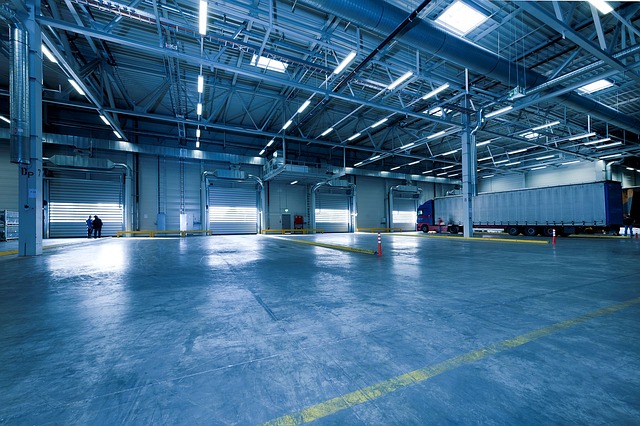- March 10, 2021
- Posted by: David Marshall
- Category: Management, Manufacturing

Here’s a scenario. Let’s say you’re expecting a shipment of needed parts in order to fill an order of your own. Maybe you’ve got a customer who’s waiting on you, or you’ve got a big installation that you’re working on. Your supplier calls you and says, “I’m sorry, we’re out of this part you need because of supply shortages. I know you needed it on Monday, but we won’t have it for a couple of weeks.”
Your first inclination may be to leap from your seat and rant and rave at the top of your lungs about how you need those parts. You want to shout, curse, and rain holy hell down on the entire supply chain and all its moral and physical failings.
Did that make your parts magically appear? Did that make the original manufacturers go faster? Will you get your parts tomorrow after your little tantrum?
No, of course not.
 So skip that step and move on to the part where you actually try to solve the problem, because time is a factor and you don’t want to waste time stewing about what might have been and what should have happened.
So skip that step and move on to the part where you actually try to solve the problem, because time is a factor and you don’t want to waste time stewing about what might have been and what should have happened.
Your first step is to contact your secondary supplier.
You don’t have a secondary supplier? Then find one immediately.
And if you’re reading this, but you don’t have any supply shortages at the moment, start a secondary supplier program immediately. That’s a must-have from a business continuity and disaster recovery standpoint. If you don’t have secondary sources, a couple of weeks going without your supplies can be a true disaster for your company, especially if it’s your critical components.
Speed is a factor in contacting your secondary sources. After all, if you’ve got a problem, other people have the same problem. If you get in there first, you’re going to get more sympathy. If you’re one of the last ones to call, because you spent all that time ranting and raving and stewing, you’re going to get your butt kicked on price and availability because they can.
The next thing to do is to throw yourself at the mercy of your customer base. You’d better do that very quickly and you’d better do it face to face, if at all possible.
And be prepared, because they’re going to rant and rave at the top of their lungs, and shout, curse, and rain holy hell down on your entire supply chain, as well as all your moral and physical failings, because they didn’t read this blog article.
There’s still work to do during a supply shortage
Downtime doesn’t mean work has to stop. Assuming you have the cash reserves to pay people, it’s advisable to keep your people focused and fully occupied. Depending on the length of time you’ll need and how much elasticity you have in your working capital, you should keep your people focused on a major maintenance project.
Maybe you were planning to do that in six months during your slow time, but you should consider moving it up and getting it done now.
In fact, you should always have a list of major maintenance projects. If you’re not anticipating those to begin with, they’re going to bite you in the butt anyway.
In the end, your secondary suppliers and your list of major maintenance projects are like the battery in your computer mouse. If you don’t keep a spare in your briefcase, you’re going to reach a point where you don’t have a mouse at all.
But by creating both of these right now — your secondary supplier program and your list of major maintenance projects — you can more easily handle a supply shortage and keep your people working and your factory running at peak efficiency.
I’ve been a manufacturing executive, as well as a sales and marketing professional, for a few decades. Now I help companies turn around their own business, including dealing with supply shortages. If you would like more information, please visit my website and connect with me on Twitter, Facebook, or LinkedIn.
Photo credit: EFAFLEX_Schnelllauftore (Pixabay, Creative Commons 0)

